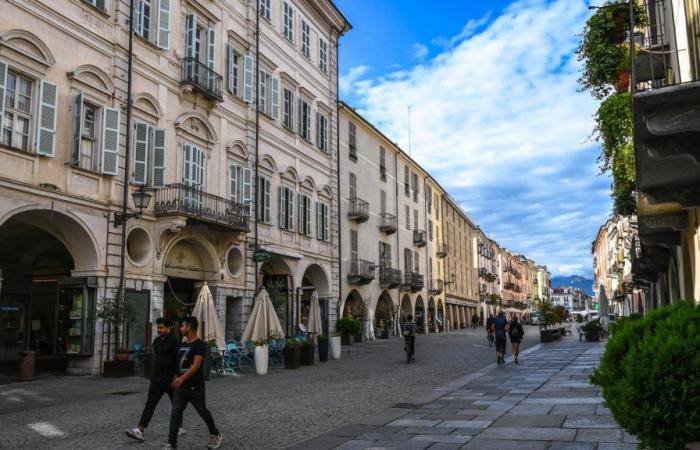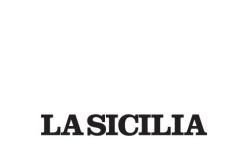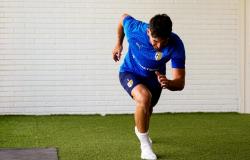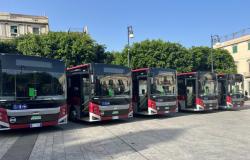For almost ten years the shoes have been treading the ground of the Via Roma in Cuneo, instead of the tires of the Michelin house. Some “soft leather” from footwear advertising, but mostly it is still rubber, packaged differently and cleaned of the mephitic carbon black. It is useless to list the advantages, now evident even to those who had fought against the pedestrianization of the main road in the historic center of the capital of Granda. Cleaner air, less noise, slow-walking instead of the frenzy of traffic and even an increase in commercial business, instead of the collapse feared by pessimists. It was enough to exchange places, as the hardware store in via Roma and the pharmacy in via Caraglio had the intuition to do, from which elegant ladies now emerge with aspirin and creams in their handbags, while the bricoleur stops the van in via Saluzzo to load the pellet stove. The facades of the ancient buildings colored like no one imagined, restaurants galore, people from the countryside and foreigners swarming without haste, an inviting postcard from a tourist point of view.
The example of the Langhe barolist Angelo Gaja and his wife is emblematic, as they declare that they spend every weekend in Cuneo, when with just one bottle of their precious nectar they could pay the bill for the best hotel in Monte Carlo, including the afternoon at the Twiga of the Flavio who emigrated there.
Yet that’s how we are in Cuneo, it takes us decades to convince ourselves of new things. Turin pedestrianized Via Garibaldi half a century earlier, but it was already late compared to half of Europe, ten years ago pedestrian areas were already a widespread custom in many small cities of the so-called “third world”. And it’s not that the people of Cuneo weren’t aware of it: bogianen who, however, travel on holiday, had noticed the phenomenon even only in Bordighera and already at the end of the last century someone proposed it in the newspapers and the opposition in the City Council, without success.
“There are arcades for pedestrians”, the inevitable justification. The shopkeepers of the area, the entrepreneurial backbone of Cuneo, were against it, fearful of losing customers, mainly supporters of the Christian Democrats, to the city government since the post-war period. The turn of the century, the political system collapses, quite a few shopkeepers change their minds and, despite still much opposition, ten years ago the anti-motor edict was issued in the former Via Maestra. Which has existed for around 800 years, it has supported an increase in vehicles for less than 200 years, so it will certainly survive the “disaster”, indeed, it is benefiting from it.
And perhaps this will also be the case for current and future administrators, who are not asked so much to anticipate the future, but often to adapt to what is already reality for the rest of humanity. Because whoever leads an institution not only has the duty to satisfy citizens’ expectations, but also to guide them towards objectives for which perhaps many of them do not yet see the need. Like, albeit late, the pedestrianization of via Roma and, at the beginning of the nineties, the redevelopment of Corso Dante with the elimination of the “white pines”.
A possible referendum in favor of the return of cars to Via Roma and the replanting of the “strobes” in Corso Dante would not, I think, garner even one vote.






